By OGP Reporters / Members Contribute File Photos
Oh Good Party
China has a long history of incredible art. Chinese Sculpture art is an art that records a wonderful civilization of China. The delicate artworks of carving and sculpture reflect facts about the life of Chinese people all along the history. When talking about sculptures, people will most likely think of the ancient Roman architectural sculptures or the Greek nude sculptures; few are acquainted with the history or characteristics of Chinese sculpture. In fact, Chinese sculptural art, while differing greatly from its western counterparts, has thrived in a long historical process of development in many aspects. The Chinese were master craftsmen and produced fine sculpture, many of the works have become precious artistic pearls in the treasure house of Chinese art.
The First National Exhibition of Sculpture featuring 590 sculptures was unveiled at the National Art Museum of China in Beijing on Sept 6, 2017. The pieces are from 316 different artists, displaying the achievements of Chinese Sculpture art in the past 100 years. (Contemporary Chinese art often referred to as Chinese avant-garde art, continued to develop since the 1980s as an outgrowth of modern art developments post-Cultural Revolution.)
China has a long history of incredible art. Chinese Sculpture art is an art that records a wonderful civilization of China. The delicate artworks of carving and sculpture reflect facts about the life of Chinese people all along the history. When talking about sculptures, people will most likely think of the ancient Roman architectural sculptures or the Greek nude sculptures; few are acquainted with the history or characteristics of Chinese sculpture. In fact, Chinese sculptural art, while differing greatly from its western counterparts, has thrived in a long historical process of development in many aspects. The Chinese were master craftsmen and produced fine sculpture, many of the works have become precious artistic pearls in the treasure house of Chinese art.
The beginning of the Chinese sculptural tradition can be traced back to the first historical dynasty, the Shang, which lasted from about 1500 to about 1000 BC During this period, artists excelled at carving jade, an extremely hard precious stone acquired through trade with other cultures. But Shang artists became even more known for another skill. They invented sophisticated casting techniques for bronze, an alloy of tine and copper, and their skill developed independently of other cultures at the time. This period became known as the Great Bronze Age.
Shang Dynasty metalworkers made weapons, funerary goods, ceremonial drums, and storage vessels decorated with distinctive decorative taotie. With the succeeding Chou dynasty (1050–771 BC), at this time the sculptural were small-scale representations of animals in the form of bronze vessels as well as jade carvings, which no doubt had some religious or magical significance.
A new chapter in the history of Chinese art started with the Six Dynasties period (220–589), sculpture began to play a more important role.
In the tomb of Emperor Qin Shi Huangdi, who died in 210 BC, archaeologists unearthed a terra cotta army in combat formation. Between 6000 and 8000 life-size statues of warriors and horses stood at the ready, with weapons, armor and harnesses all made from clay. The spectacular Terracotta Army as a grand imperial version of the figures long placed in tombs to enable the deceased to enjoy the same lifestyle in the afterlife as when alive, replacing actual sacrifices of very early periods. The most common Han images, however, were the clay grave figures that were placed in the tombs to accompany the dead into the spirit world.
The Six Dynasties period was followed first by the short-lived Sui period and then by the Tang period (618–906), regarded by many critics as the greatest age in Chinese art. Buddhist sculpture continued to flourish during this era. Other statutes were made of gilded bronze, lacquer, wood, clay, or precious metals, all executed with great skill and a highly developed aesthetic sense. The Tang period, an age of material wealth and splendor, also produced a good deal of purely secular art.
After the severe persecutions of Buddhists in the mid-9th century, Chinese sculpture declined, and some fine carvings were still produced during the Sung and Ming periods, the best of the Sung sculptures were carved in wood and painted in bright colors and were marked by a gentler and more relaxed style than had prevailed earlier. Ming sculptures are outstanding for their realism in the representation of human beings and animals. However, they lack the expressive power and aesthetic refinement of many earlier works. The best of the late Chinese sculptures are the graceful porcelain and jade figurines made during the late Ming and Ch'ing periods (17th–early 20th century). Decorative in intent, they can be charming indeed at their best.
Sculptors of all sorts were regarded as artisans and very few names are recorded in the past. But today, the market for Chinese art, both antique and contemporary, is widely reported to be among the hottest and fastest-growing in the world, attracting buyers all over the world. In 2007, it was estimated that 5 of the world's 10 best selling living artists at art auction were from China, with artists such as Zhang Xiaogang whose works were sold for a total of $56.8 million at auction in 2007.
Contemporary Chinese art has rapidly changed the contemporary Asian art world into one of the most dynamic sectors on the international art market. Chinese art has become the latest darling in the world market according to the record sales from Sotheby's and Christie's, the biggest fine-art auction houses.
Chinese Art Market, each year, an increasing number of Chinese interact with the sculpture art world. China leads the Asian arts market and plays a major role on the international art scene.



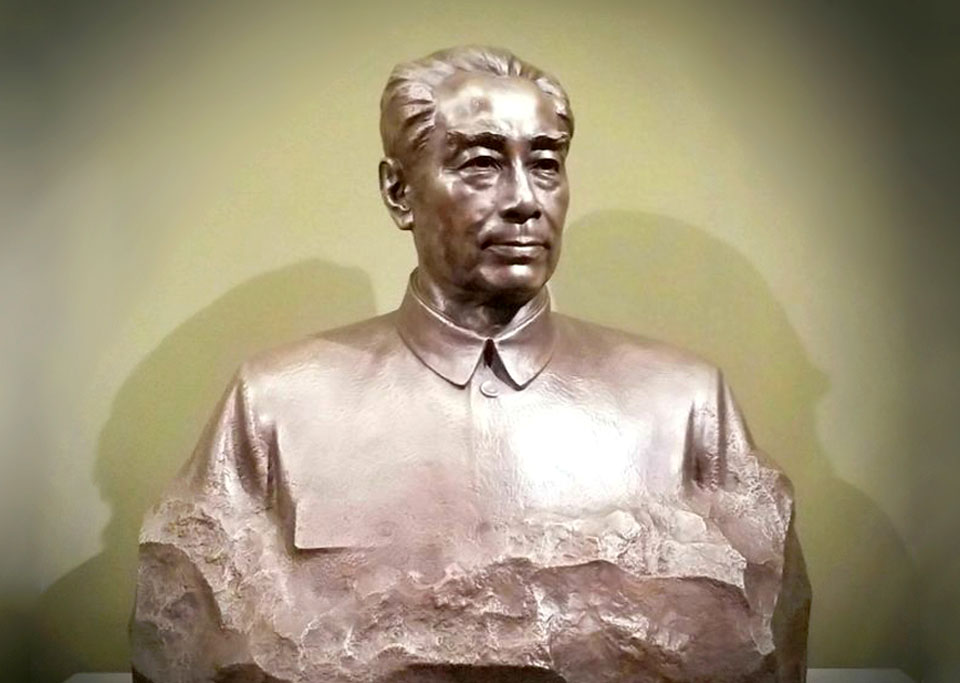

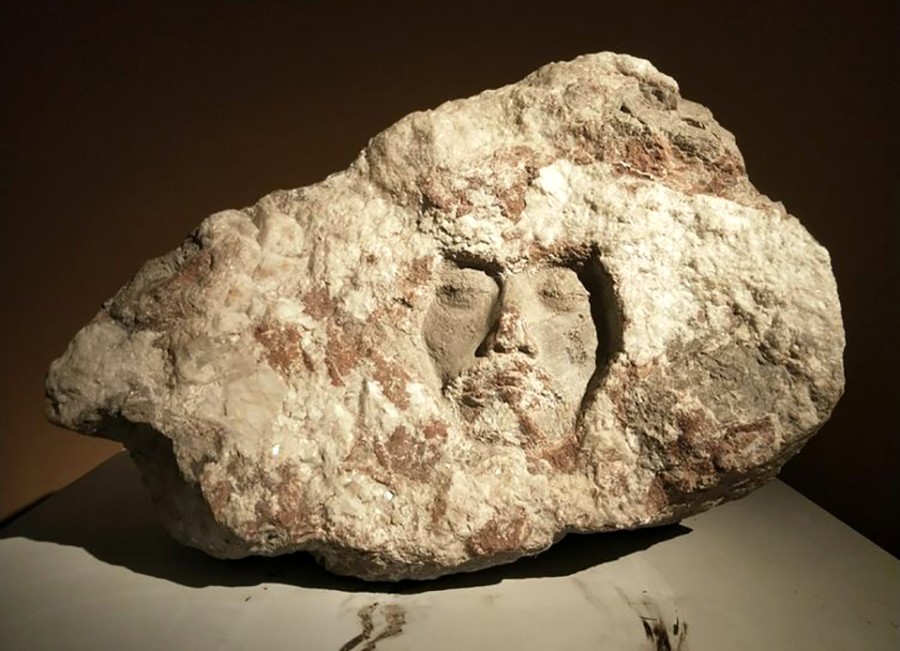

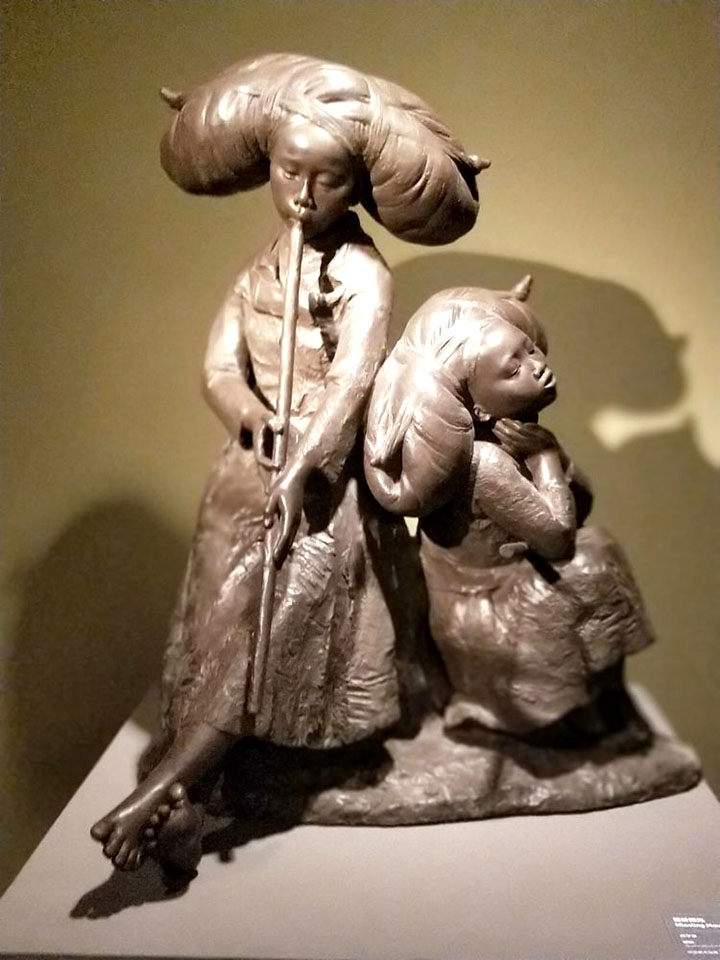

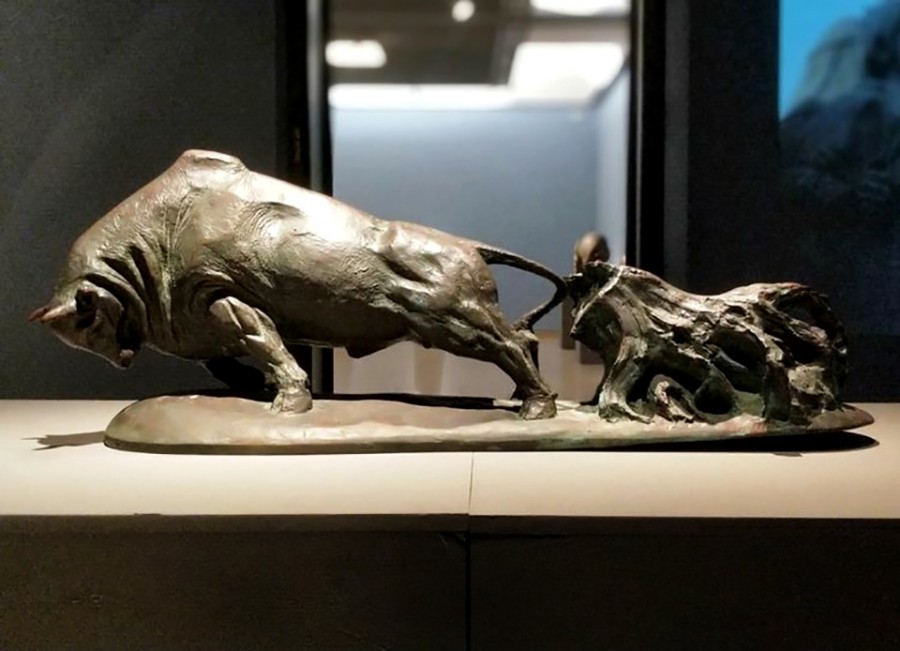

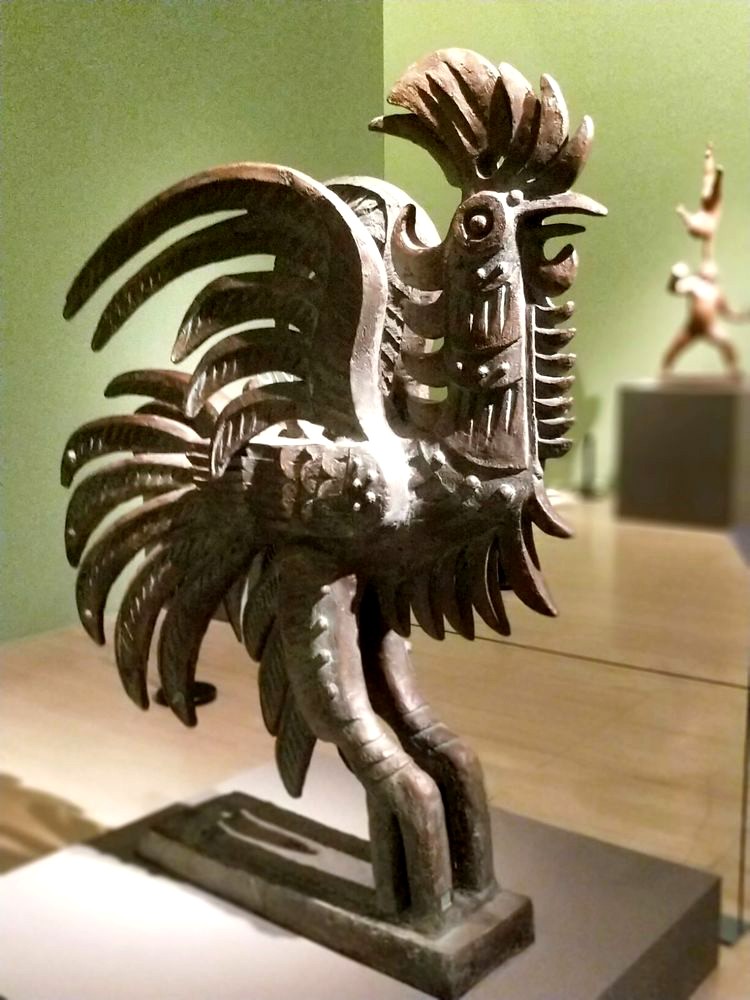
Comments